The radically redesigned BMW M3 and BMW M4 have gone on sale in top-rung Competition form in the UK, with prices starting from £74,755 and £76,055 respectively.
Set to begin arriving with customers in March, the new performance models offer up to 503bhp from a six-cylinder engine and, for the first time, an optional fully variable M xDrive four-wheel drive system.
The M4 xDrive coupé and its BMW M3 xDrive saloon sibling are planned to follow the initial rear-wheel-drive models into showrooms next summer.
Along with the saloon and coupé, BMW is also developing the first ever BMW M3 Touring estate, as well as a follow-up to the BMW M4 Cabriolet and a new M4 Gran Coupé four-door in an expanded line-up that’s also set to include even more powerful, track-focused CS derivatives later down the line.
Radical design changes
High visual impact is a key criterion to the styling of the M3 and M4, both of which are heavily differentiated from the lesser BMW M340i xDrive and BMW M440i xDrive models they’re respectively positioned above.
Ending a 35-year tradition, the models receive their own individual front-end styling, dominated by a large vertical grille that features seven double horizontal louvres and a mounting point for the front numberplate.

The new grille is similar in shape to that adorning the new BMW 4 Series but comprises two distinct elements, rather than being a single-frame design.
Further unique touches include a heavily structured front bumper, standard full-LED headlights, a bonnet that features two distinctive indents to accentuate the look of the grille, widened front wings and sills, air ducts within the front flanks and double-arm wing mirror housings.
The M3 and M4 also have a carbonfibre-reinforced plastic roof with two ‘rails’ running lengthways to optimise airflow, a boot-mounted spoiler and a reworked rear bumper with a multi-channel diffuser and a pair of chromed round tailpipes either side.
Overall, the M3 has grown: length is extended by 108mm over its predecessor, at 4794mm, width is stretched by 26mm to 1903mm and height is raised by 8mm to 1433mm.
The M4 once again shares the same length as its saloon sibling so is also 108mm longer than before, while its width is up by 18mm at 1887mm and height increased by just 1mm to 1393mm. Both cars feature the same 2857mm wheelbase, which is 45mm longer than that of their predecessors.
The number of exterior paint colours for both cars has been extended to include the São Paulo Yellow non-metallic and Isle of Man Green metallic finishes of the cars revealed here, plus Toronto Red metallic.
An optional M Carbon exterior package and model-specific M Performance Parts set can also be ordered.
Engine and performance
Underneath their aluminium-steel-and-composite bodies, the Mercedes-AMG C63 rivals have a newly developed twin-turbocharged 3.0-litre straight six, codenamed S58. This longitudinally mounted engine comes in two different states of tune: standard M3 and M4 models (which aren’t bound for the UK) produce 487bhp, while the M3 Competition and M4 Competition make 503bhp. These figures represent increases of 52bhp and 56bhp over the older S55 units used by their predecessors.
What’s more, the 503bhp of the M3 Competition and M4 Competition is a 48bhp increase over the output of the M3 CS and M4 CS models that were launched back in 2018.

With a kerb weight of 1730kg, this gives the M3 Competition a power-weight ratio of 299bhp per tonne. The 5kg-lighter M4 Competition, meanwhile, achieves 300bhp per tonne.
By way of comparison, their soon-to-be-replaced AMG rival’s turbocharged 4.0-litre V8 engine develops 469bhp in the standard C63 and 503bhp in the C63 S. The AMG also weighs 1730kg in saloon form.
The M3 and M4 are the third and fourth BMW models to receive the S58 engine, after the X3 M and X4 M performance SUV siblings. While it shares its basic architecture with the earlier S55, including Valvetronic variable valve timing and Double Vanos variable camshaft timing, it has multiple new elements.
Among the changes is a slight increase in the stroke measurement to 90mm, boosting swept volume by 14cc to 2993cc. The new unit also adopts reworked turbochargers, a heavily revised fuel-injection system operating at a pressure of up to 350bar and an emissions-cutting petrol particulate filter, among other developments.
The torque loading remains the same as before, at 406lb ft in the standard M3 and M4, although it’s now developed 800rpm further up the rev range between 2650rpm and 6130rpm. In the Competition cars, torque has increased by 73lb ft to 469lb ft between 2750rpm and 5500rpm. The new engine can rev to 7200rpm – slightly lower than the old unit.
The lift in performance endows the new M cars with sharper acceleration: BMW claims 0.2sec and 0.1sec improvements in the 0-62mph times, at 4.2sec for the regular models and 3.9sec for the Competition cars – the latter being the same time quoted for the old M3 CS and M4 CS.
Top speed is limited to 155mph, although buyers can specify a driver’s package that lifts it to 180mph in combination with Z-rated tyres.
The new M division engine heads a raft of driveline developments for the M3 and M4, many of which have been inspired by changes made for the latest M5 saloon and new M8 coupé. Standard models (not for the UK) continue with a six-speed manual gearbox – now rare in this class – while the Competition models forgo the seven-speed dual-clutch automatic unit used by their predecessors for a new eight-speed torque converter with BMW M’s Drivelogic software programme as standard.

While standard M3 and M4 models will all have rear-wheel drive, together with an electronically controlled Active M differential, the Competition models will offer BMW’s fully variable M xDrive system from mid-2021 – the first time that four-wheel drive will have been offered on either model.
As with the system used by the M5, it offers three driving modes: 4WD, 4WD Sport and, with the Dynamic Stability Control system switched off, 2WD. The latter directs the majority of the engine’s torque to the rear wheels.
Chassis changes
The chassis of the M3 and M4 builds on those of the M340i and M440i, with an aluminium-intensive double-wishbone front and five-link rear suspension in combination with adaptive damping control. Alloy wheels with diameters of 18in at the front and 19in at the rear, shod with 275/40 and 285/35-profile tyres respectively, are fitted across both model ranges.
Unique suspension kinematics, including increased front camber and individual spring and damping rates, are gained over the lesser variants.
The front and rear tracks have also increased by 34mm and 38mm respectively, at 1617mm and 1605mm, giving the M3 and M4 substantially larger footprints than their direct predecessors.
BMW’s M division has gone to some lengths to boost the overall rigidity of the M3 and M4 bodyshells. Included are substantial braces at the front of the engine bay and across the front suspension towers, as well as at the rear, where a new subframe is bolted directly to the rear body structure.
Both cars also come with a standard M Servotronic steering system that features a variable ratio and an M-specific version of BMW’s Integrated Braking System, which provides the driver with two different brake response and pedal feel settings.
Interior upgrades
Inside, the M3 and M4 build on the interiors of the M340i and M440i with newly developed M Sport seats, which can be optioned with a ventilation function for the first time.

There’s also an M Sport steering wheel with M mode buttons for easy access to preset driving modes; digital instruments and infotainment functions in an M-specific design; and unique trim elements.
Standard equipment includes BMW’s Live Cockpit Professional, which supports cloud-based sat-nav, Apple CarPlay and Android Auto, together with tri-zone climate control and LED ambient interior lighting.
A number of new driver assistance systems also feature. Heading the options is the latest generation of BMW’s head-up display with M-specific graphics; the BMW Drive Recorder, which uses the cameras of the various driver assistance systems to record video footage from different points around the exterior; and super-bright laser headlights.

Also new to the M3 and M4 is an optional M Drive Professional system. This includes a new M Traction Control function that allows the Dynamic Stability Control to be adjusted through 10 steps, as well as a Drift Analyser that records and rates driving statistics alongside the usual lap timer functions.
History of the BMW M3

E30 1986-1991 Engine 4 cyls, 1990-2467cc Power 189-235bhp Weight 1165-1360kg
The celebrated maiden M3 was originally meant as a homologation special for Germany’s DTM race series, with just 5000 needed to be built. Nearly 18,000 were made in the end, including various limited-run specials with bored-out cylinders for more pace. It was also available as a convertible.

E36 1992-1999 Engine 6 cyls, 2990-3201cc Power 282-312bhp Weight 1460-1515kg
Despite a beefier, six-pot engine and the new option of a saloon bodystyle, the E36 never quite reached the legend status of the original but is now becoming sought after. It was also the first M3 to offer an SMG automated manual gearbox. More than 70,000 examples were built.

E46 2000-2006 Engine 6 cyls, 2990-3201cc Power 282-312bhp Weight 1460-1515kg
Widely regarded as one of the finest M3s from a driver’s perspective, the E46 took the formula of the E36 but fettled it extensively and brought in more creature comforts. That’s until the fantastic, stripped-out CSL version came along. No saloon was offered, while an estate prototype was built but never produced.

E90/E92/E93 2007-2013 Engine 8 cyls, 3999-4361cc Power 414-444bhp Weight 1580-1810kg
In the mid-2000s, BMW turned the formula for the M3 on its head, ditching the well-proven straight six for a powerful and high-revving V8. Although somewhat divisive, the change aligned it with its German rivals, plus the saloon bodystyle returned. Notably, a new dual-clutch auto gearbox replaced the clunky SMG.

F80 2014-2019 Engine 6 cyls, 3027cc, twin-turbocharged Power 425-493bhp Weight 1572-1622kg
BMW went back to its roots with a straight-six engine in the F80 – but with a twist, using turbocharging for the first time. Peak torque grew substantially, resulting in wild handling. Production ended prematurely due to new emissions regulations. For the first time, the coupé variant was named the M4.
READ MORE

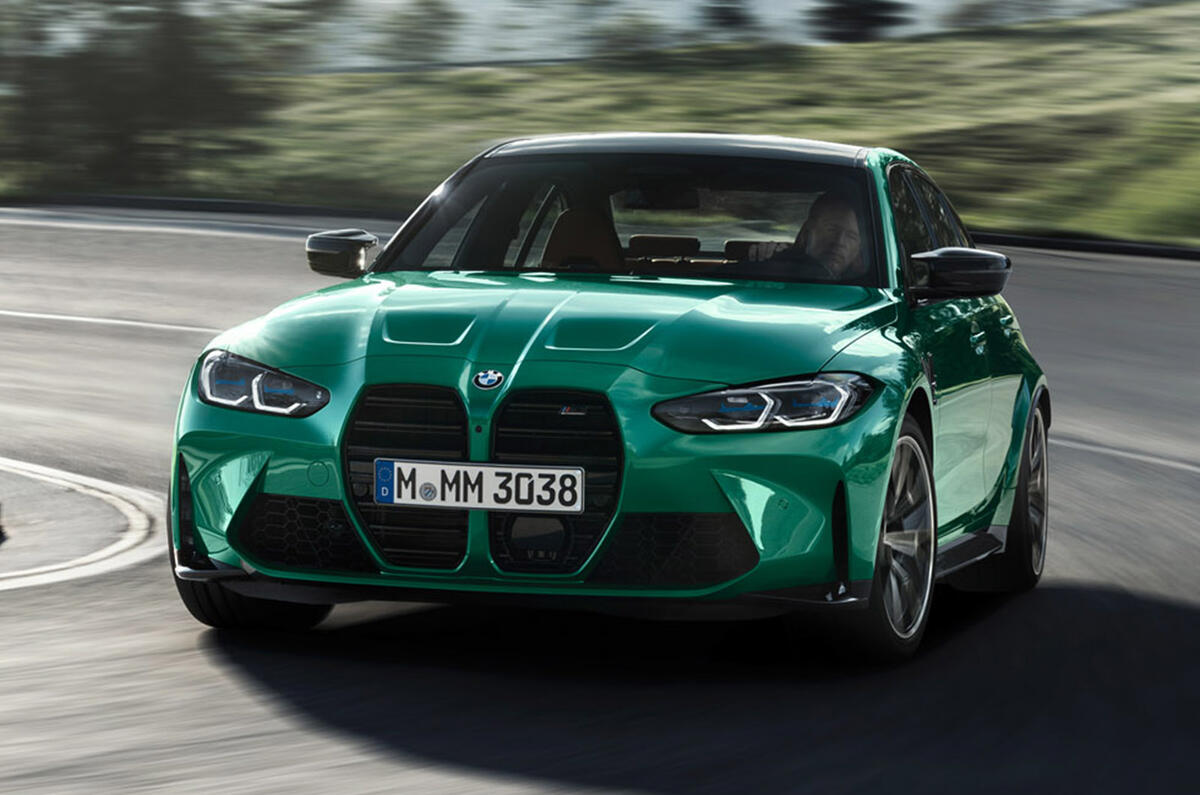
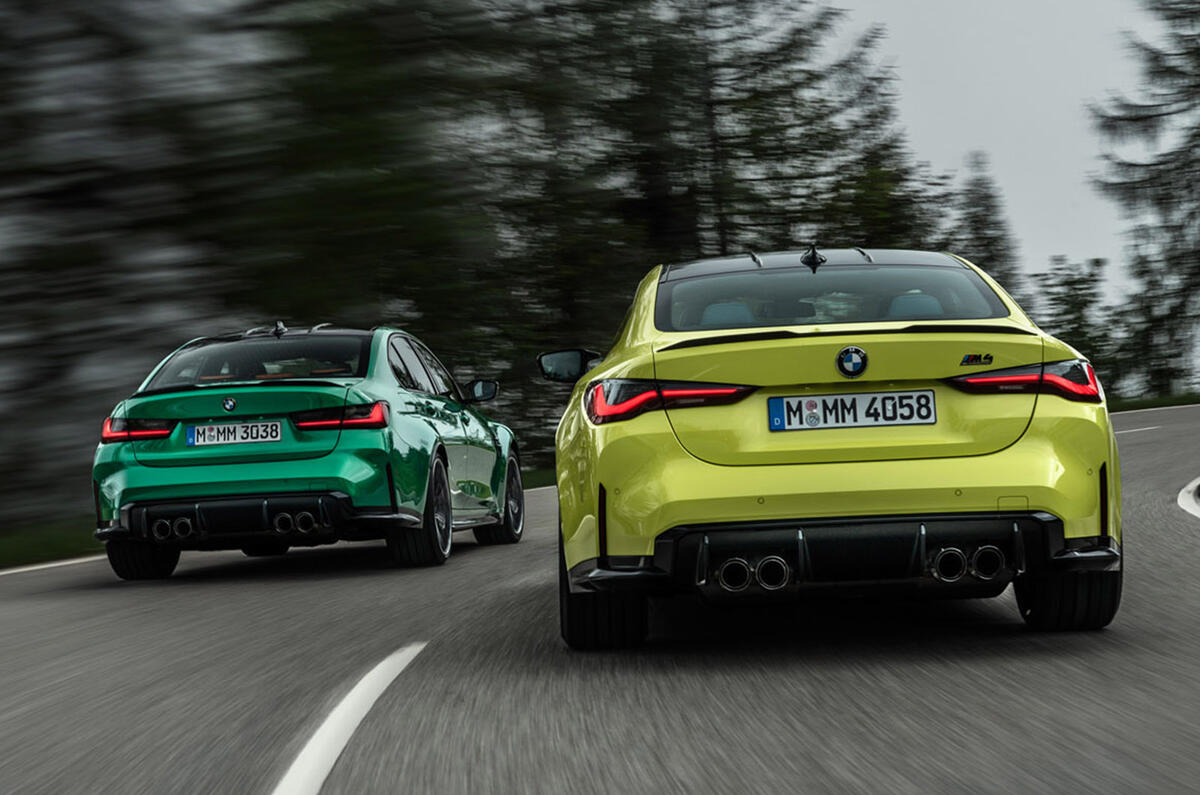
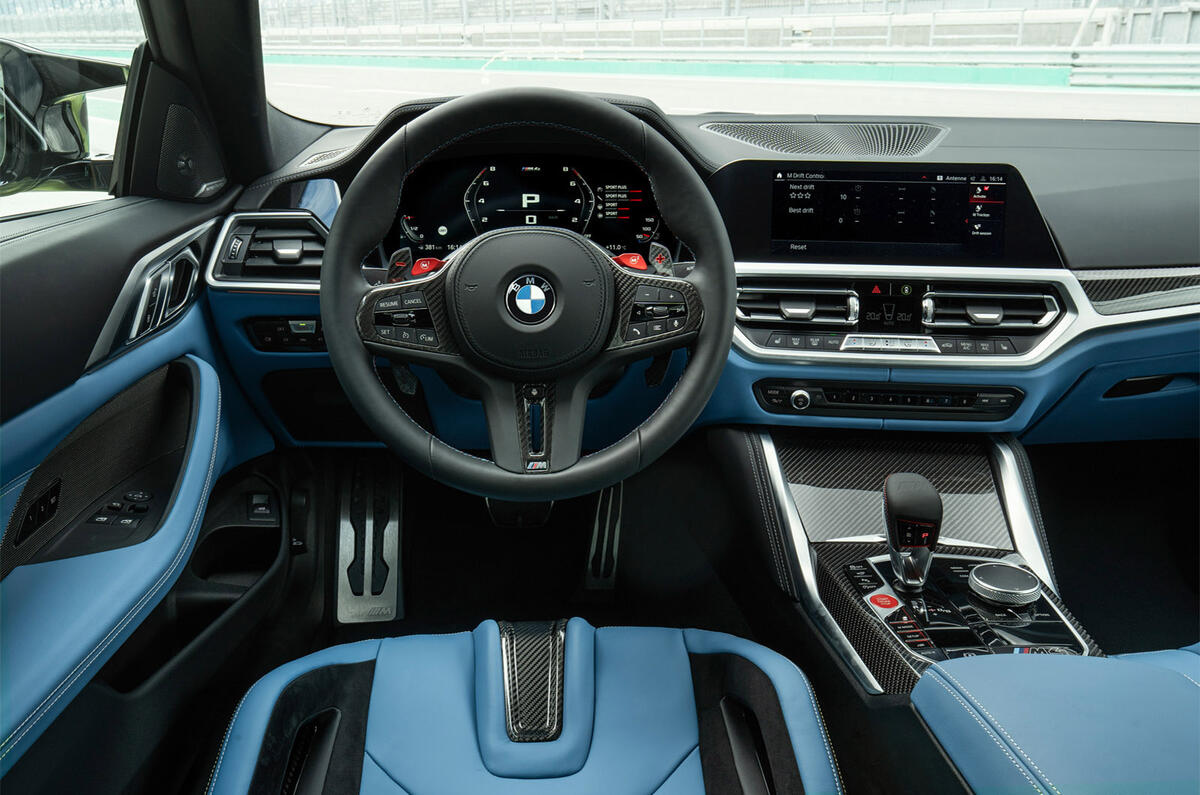


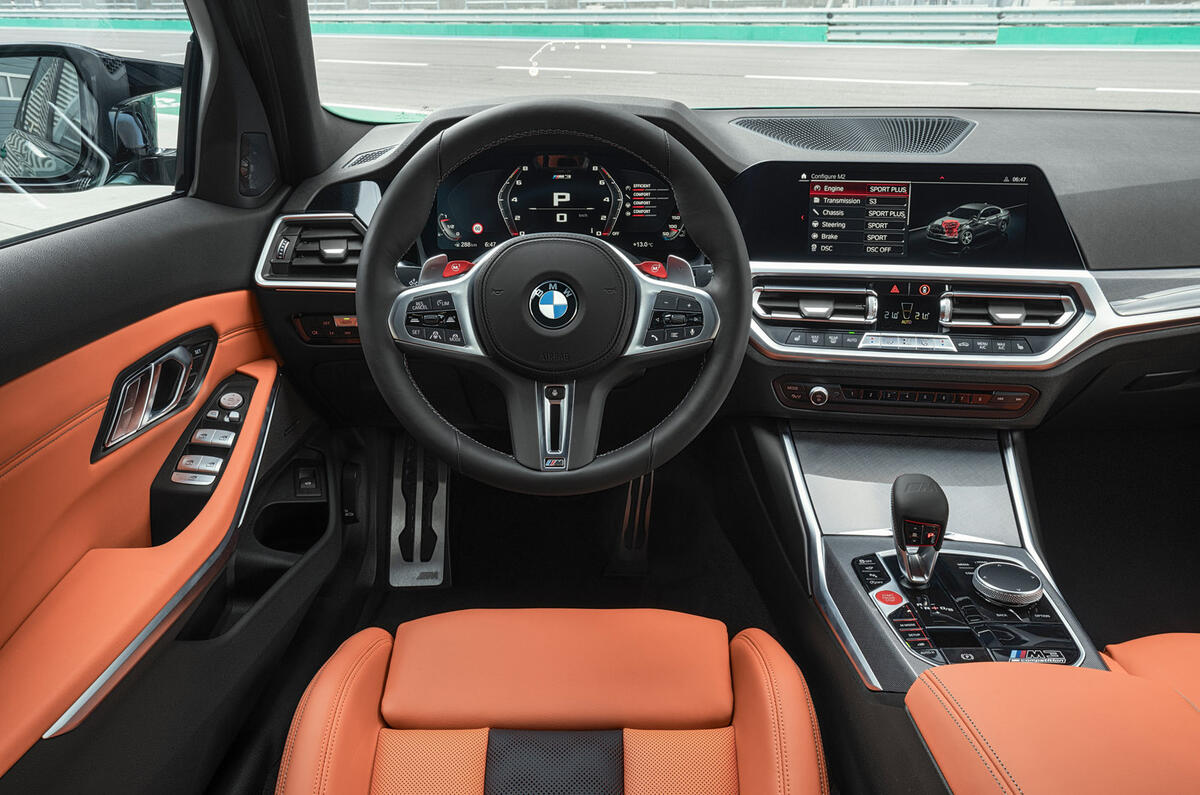

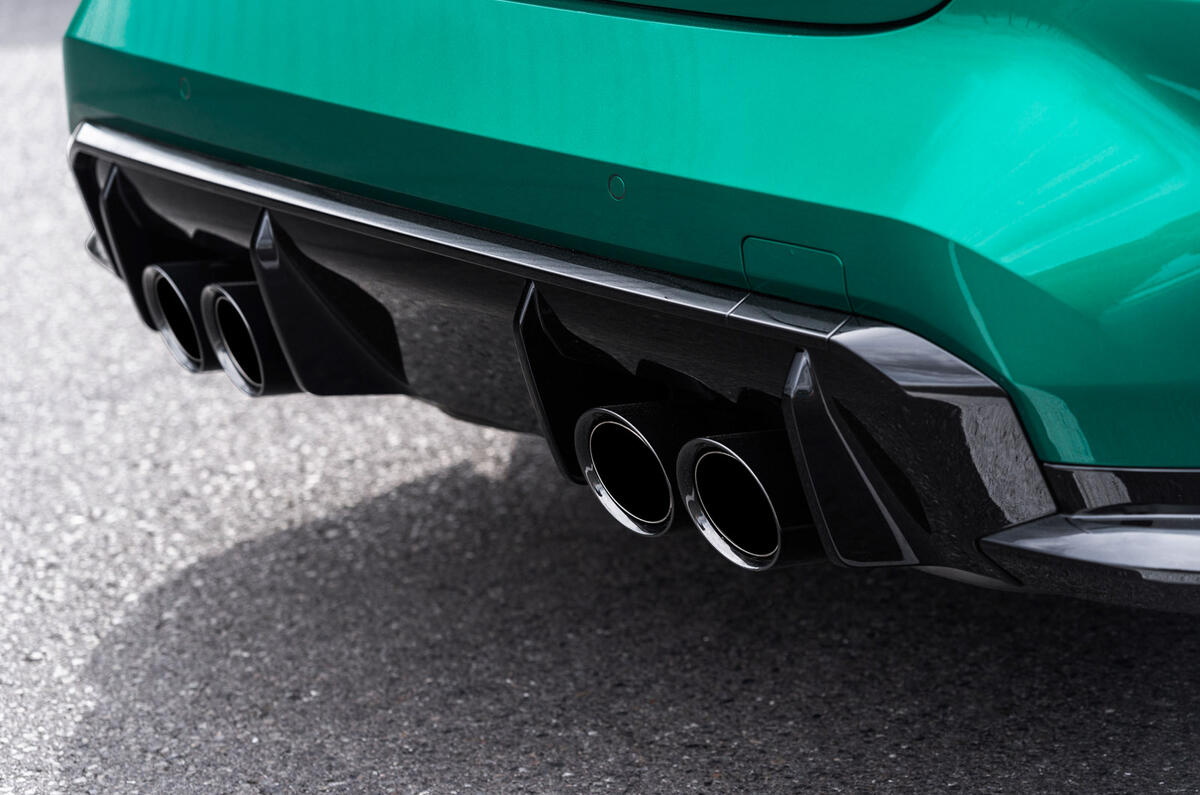








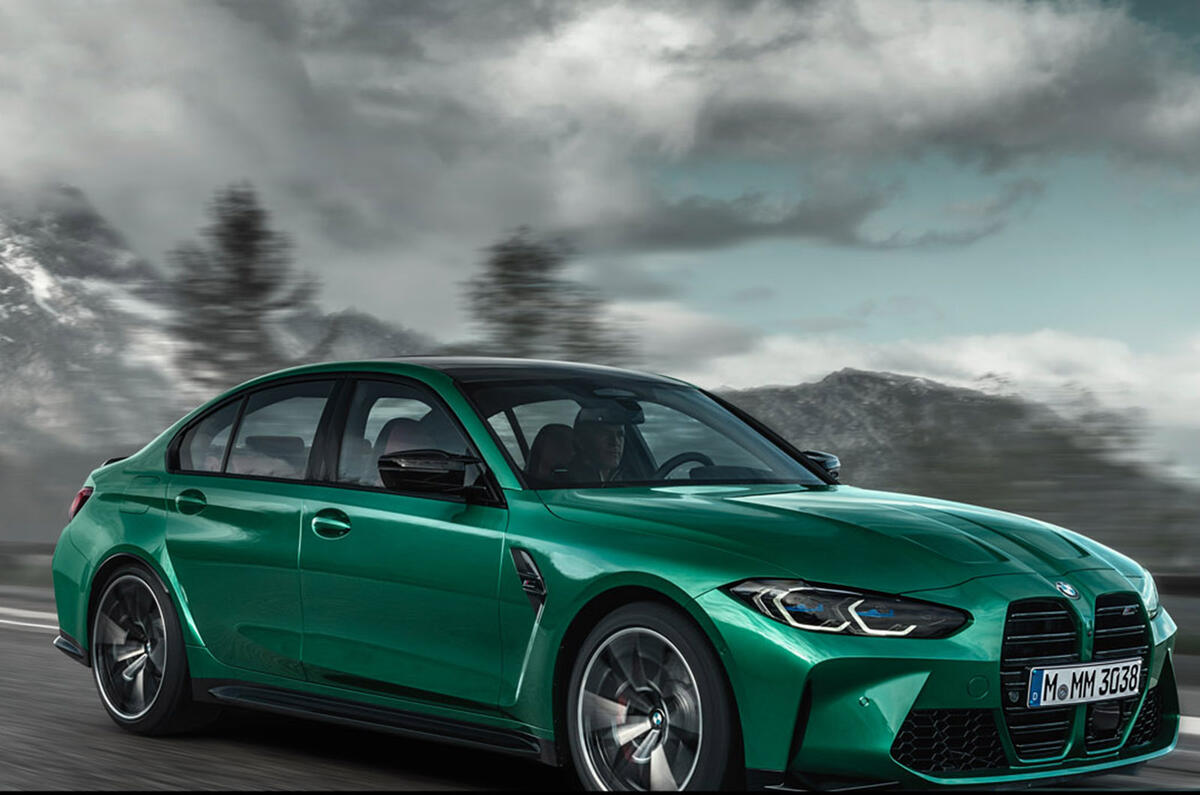



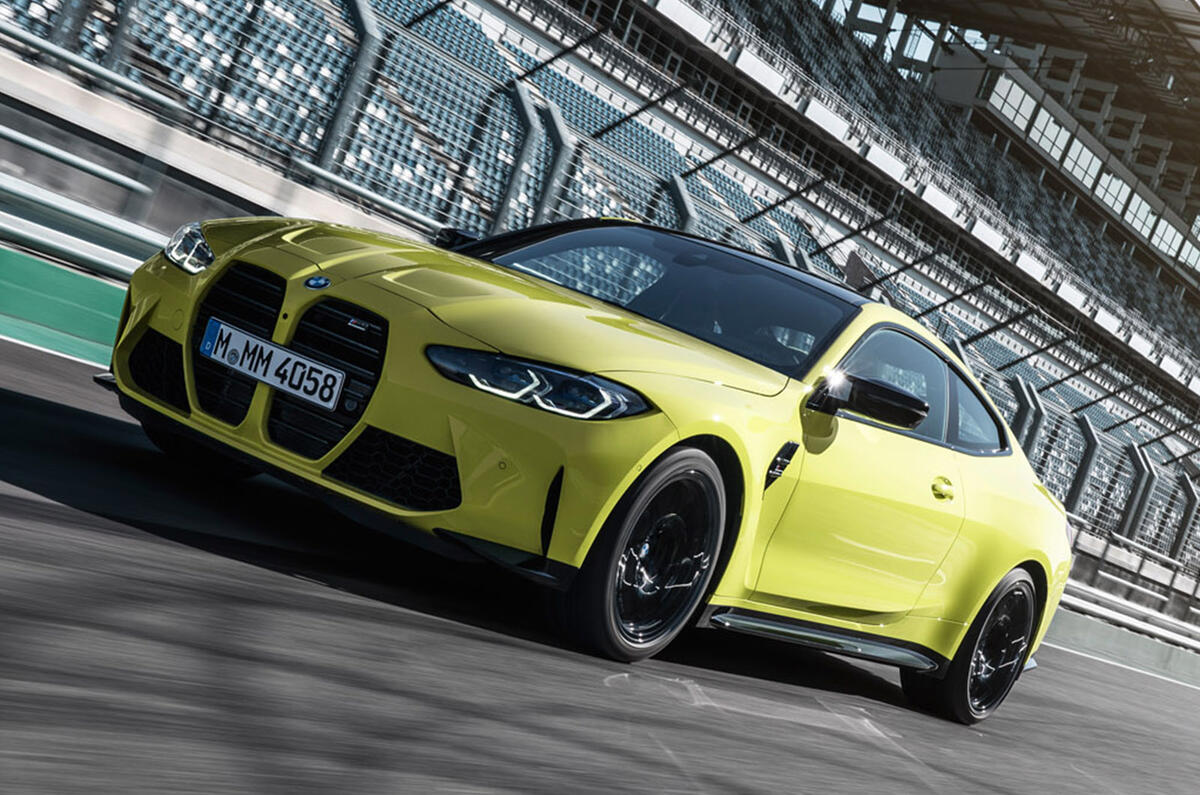


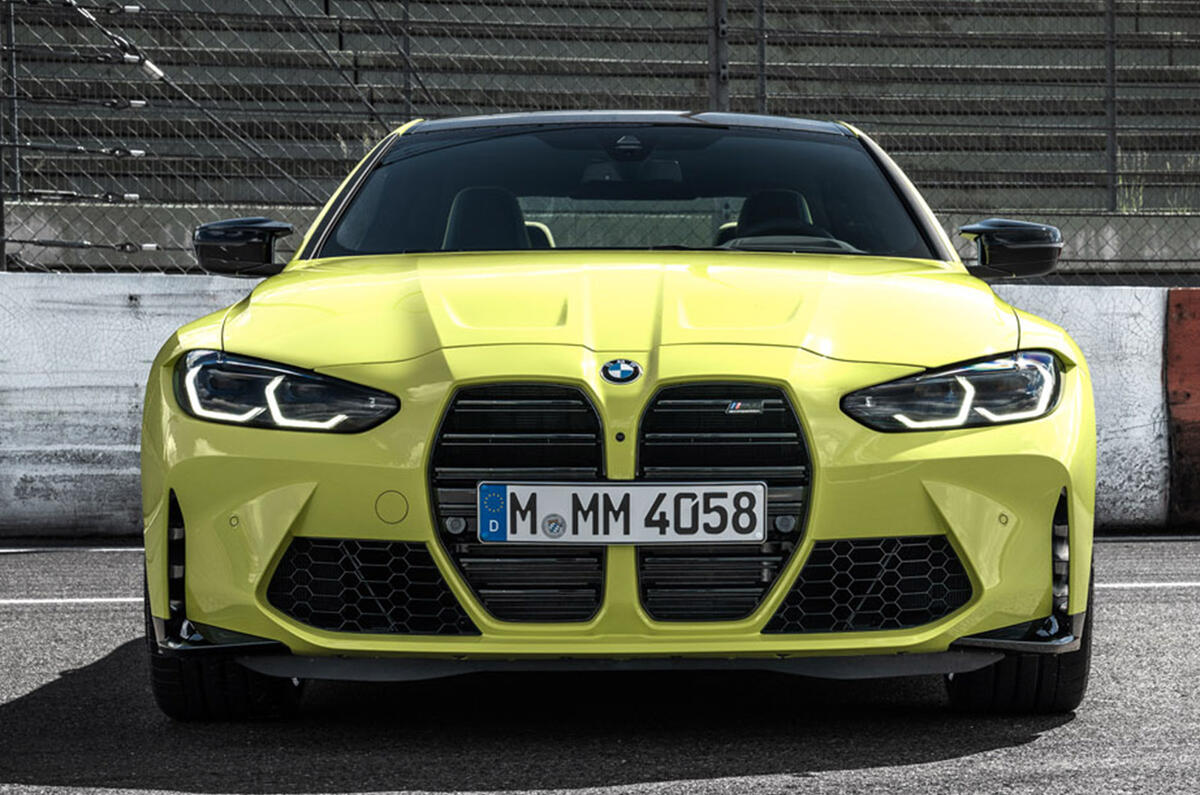

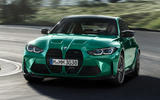

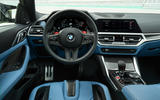





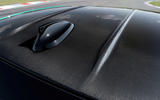














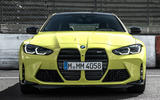



Join the debate
Add your comment
Can only assume BMW (and Audi and Mercedes) are trying to get people used to oversize, overweight barges so the upcoming weight increases of further electrification are less noticeable
But is it going to feel any better going on a diet?,if they had made what we used to call "light weight", different meaning entirely nowadays, but, what that meant was they put lighter glass in or no back seat, or thinner body panels, lighter wheels, to shave off 150kg, to go faster, yes, this car is a bit lardy, but it's faster, handles better, isn't anymore thirsty, buy what you like, your driving it, not them.
Historically there has been a similar(ish) grille from BMW. Personally I can understand the styling mayyybe if I think the the film "The League of Extraordinary Gentlemen" (2003) then I sort of get it I think. I'll have to see it in the flesh first as many cars tend to look a lot better in reality that the magazine pictures suggest.
p.s I know it's a bit of a stretch.